What timing! Ten years ago this week, the Court issued one of its most important, and devastating, decisions, a 5-4 decision that struck down key aspects of the Voting Rights Act (VRA). This week’s episode gets into the case with the legendary John Legend. It’s a fitting time to do this, since I just found out I won Moore v. Harper in the U.S. Supreme Court in a 6-3 decision, a case that makes clear that election shenanigans are subject to serious court scrutiny. And the episode begins with a discussion of the Hunter Biden indictment and some reflections on the end of the Supreme Court Term and what to expect. There’s a ton of bonus material for paid subscribers too, including John Legend’s reflections on his childhood dreams and how he made the transition from a consultant at Boston Consulting Group to the mega star he is today.
Shelby County begins back in the 1960s, at the height of the Civil Rights Movement. During this time, the country was deeply divided, and Jim Crow laws were rampant throughout the South. In states such as Texas, Alabama, Georgia, Mississippi, and others, African Americans were systematically denied their right to vote. States and counties weaponized a whole arsenal of different voter suppression tactics. Some were overt, like poll taxes to literacy tests. And others were really subtle, like changing the polling hours for an election in a minority neighborhood the day before the election took place. Or moving the polling place across the street without telling anyone.
In response, President Lyndon B. Johnson pushed Congress to pass the Voting Rights Act, which was the single most important piece of voting rights legislation in American history. The Act contained many provisions, but perhaps the two most powerful were Sections 4b and 5. Taken together, these two provisions said that states and localities with a history of racial discrimination in voting practices must get federal court or federal DOJ approval before changing their voting laws. That meant any change – whether trying to have a literacy test or moving a poll across the street. Because Congress knew that there was no limit to the terrible ingenuity of racists who wanted to block people from voting. This is what Selma was all about, a moment captured brilliantly by our guest John Legend with the song “Glory” (with Common).
Now the VRA didn’t impact the whole country. Section 4b limited the preclearance requirements only to those states and counties which, prior to the 1964 presidential election, had a voting test in place and less than 50 percent voter registration. This is known as the “Coverage Formula.” In 1965, the formula covered nine states and a few dozen counties that tended to be the most racially discriminatory.
The Voting Rights Act (or VRA, as it’s called) was passed in 1965 and set to expire after five years. So, the Act was reauthorized in 1970. It was reauthorized yet again in 1975, 1982, and, in 2006. Each time the Act was reauthorized, it was challenged in Court. Time and again, however, the Supreme Court upheld the law; the Court pointed to the Fifteenth Amendment of the Constitution, which prohibits racial discrimination in voting and gives Congress “the power to enforce this article by appropriate legislation.”
But then President Obama won the Presidency. And I was tasked with representing the federal Government in defending the Voting Rights Act. It was my 4th Supreme Court argument ever. My boss Elena Kagan had a long confirmation process, and so instead of her as Solicitor General arguing it, the task fell to me. I worked my tail off. But it was hard to argue about the persistence of race discrimination 3 months after the nation elected its first black President. In any event, I threw myself in, and gave what I think was a pretty bang-up argument. I knew the Act had the blood of patriots on its pages – that Selma and the bridge were a deep part of its history. And I made much of the argument looking directly at Justice Clarence Thomas, because I really wanted his vote. Well, in any event, we did save the constitutionality of the VRA, in an 8-1 decision. The one dissenter: Clarence Thomas!
In that 2009 decision, called Northwest Austin v. Holder, the Court said that the VRA could stand. But it said that it was worried the government would have to justify the coverage formula – that it hadn’t been updated in 50 years. And so, over the next years, these largely Southern States argued that the coverage formula was unfair. And so that’s the issue in Shelby County.
The Court heard the case, and issued a sweeping 5-4 ruling. Writing for the Majority, Chief Justice John Roberts said that the coverage formula was outdated and violates the fundamental principle of equal sovereignty among the states. He pointed to the changes in voting registration numbers between 1965 and 2006 (when the VRA was reauthorized). For example, in Alabama in 1965, white voter registration was 50 percent higher than Black voter registration; in 2006, that difference was less than one percent. In Mississippi, there was a 63 percent difference between black and white voter registration in 1965, but in 2006, Black voter registration exceeded white voter registration by 3 percent. In short, the Chief Justice concluded that the Coverage Formula no longer addresses current voting disparities, and therefore must be unconstitutional. He writes the following: “In 1965, the States could be divided into two groups: those with a recent history of voting tests and low voter registration and turnout, and those without those characteristics. Congress based its coverage formula on that distinction. Today the Nation is no longer divided along those lines, yet the Voting Rights Act continues to treat it as if it were…”
Justice Ginsburg wrote a phenomenal dissent, one I go into some detail talking about with John Legend. There’s no better person to talk about and explain these concepts—John has spent years thinking about and supporting voting rights.
John also mentioned this book in our discussion, which is very much worth a read. ttps://www.laboratoriesofautocracy.com,
This is a short 3 pager summary of the decision.
This is an abridged version of the decision.
This is the full (and very long!) decision and dissent.



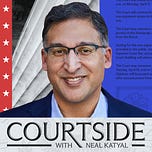

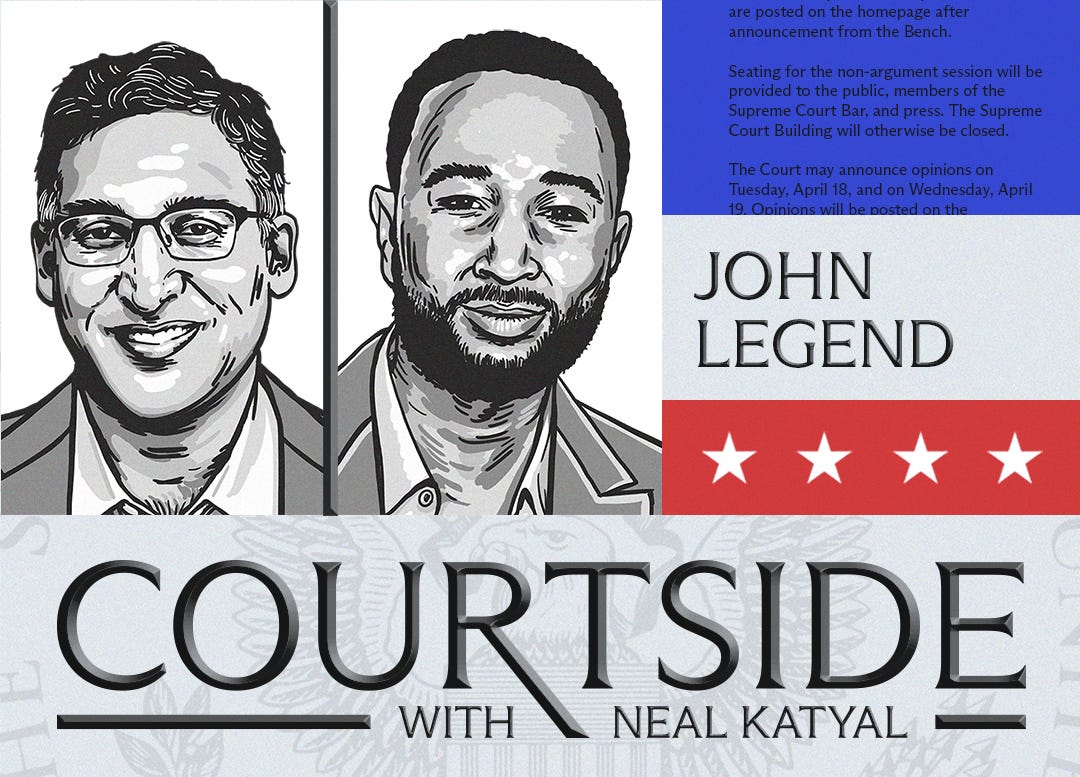
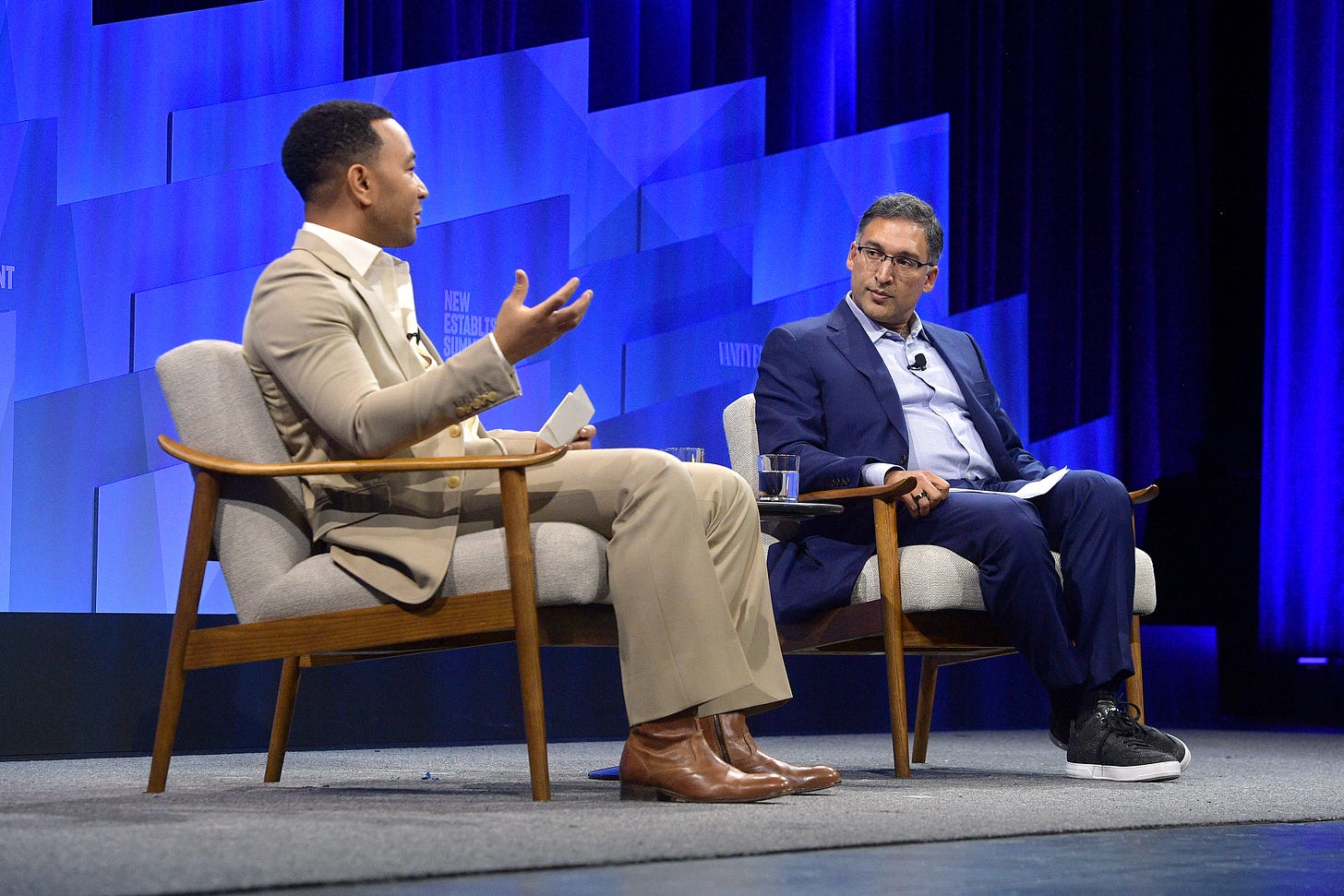
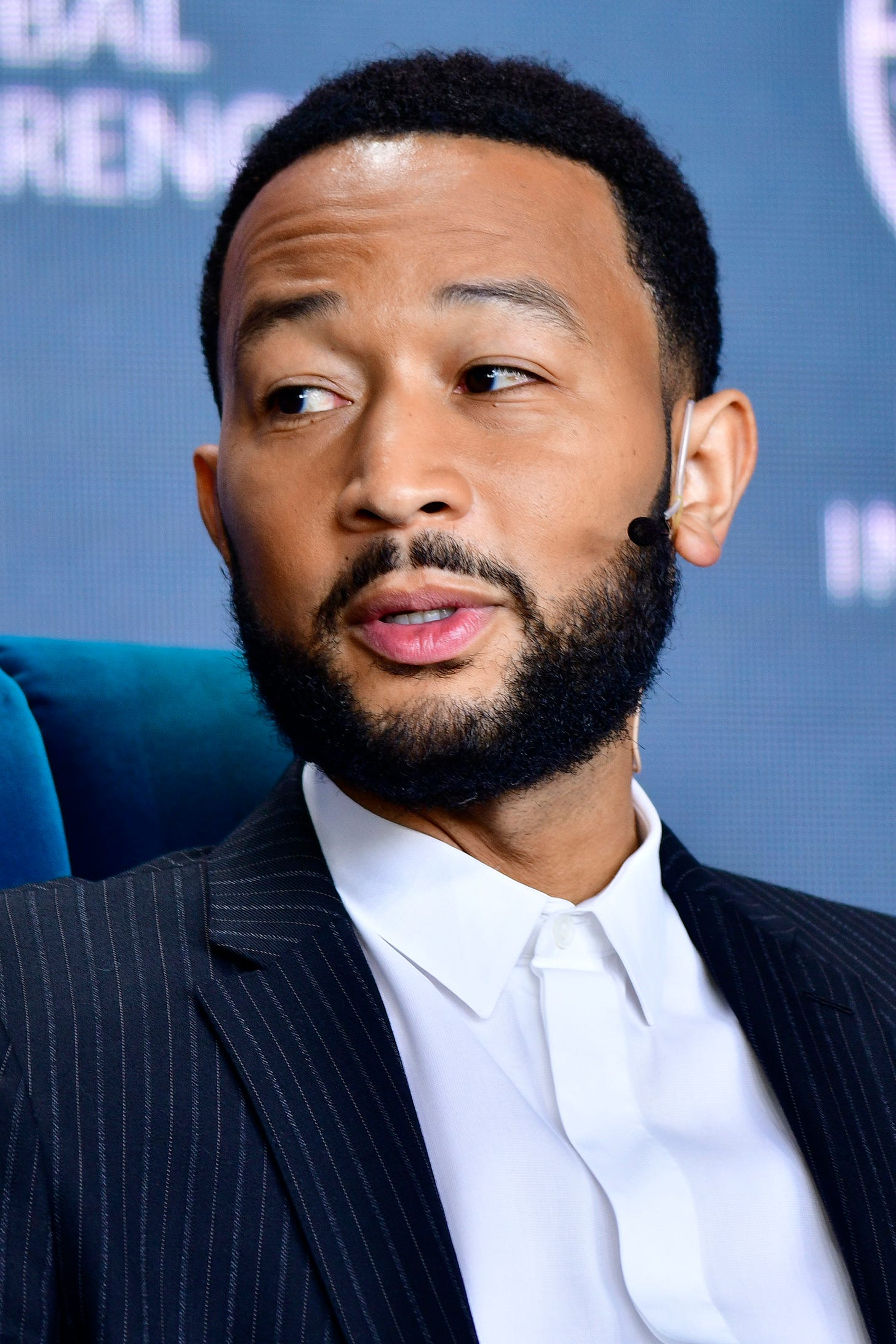


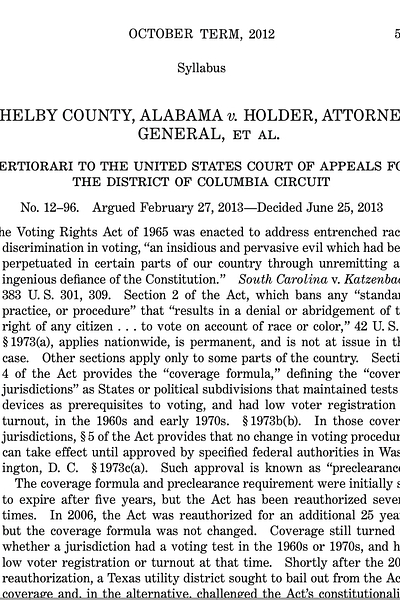


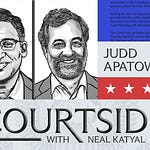
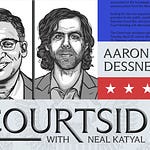

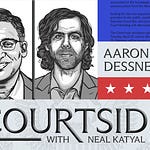
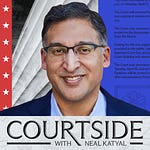
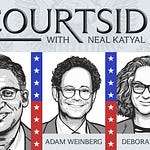
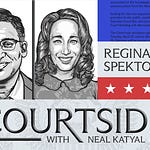
Share this post